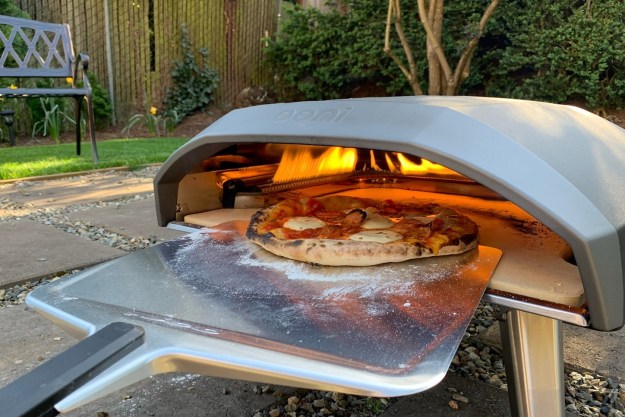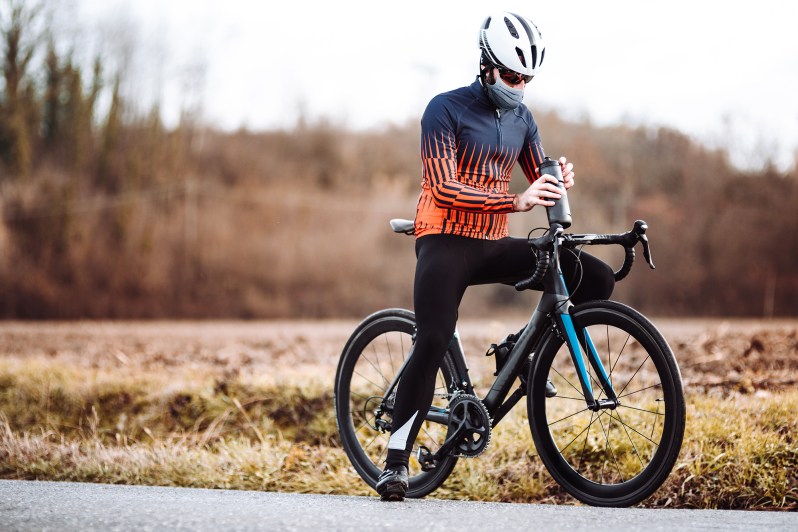
Exercising outdoors is the best thing you can do for your physical and mental health, and riding a bike is a great way to clear your head while working out. There’s nothing quite like that burst of vitamin D alongside that endorphin rush one gets from a great bike ride. With most of us going back into quarantine for the winter and the sun setting earlier in the day than we’re used to, this winter will surely be hard on our physical and emotional wellbeing. Many of us are doing everything from home: Working, teaching children, cooking, exercising … the list goes on. Getting outside those same four walls even for a few minutes a day is incredibly important if you want to keep your sanity.
During the chaos of the last few weeks, I’ve been riding my bike nearly every day, definitely more than I expected. Over the last few years, I’ve done some mega routes, including the Pacific to the Atlantic and Cabo to Anchorage, but hopping in the saddle is different now. It’s a safe break from reality, a responsible way to exercise, and frankly, a little bit of freedom.
In turn, I want to help as many new riders as I can. To do so, here are 19 tips on how to get started biking. They range from route selection, gear advice, and importantly, safety. If you’re shopping for a new bike this year, we’ve also rounded up the best Black Friday bike deals to help you save money on your new set of wheels.
Basics
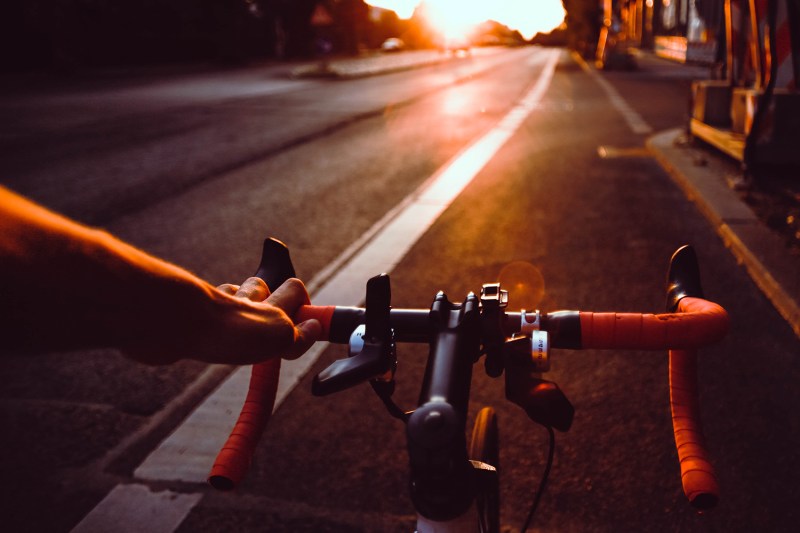
Tip No. 1: Reading about cycling gear can be intimidating. Forks, frames, derailleurs, groupsets — oh my! The inside secret is that all you need to get started is a bike and a helmet. If you don’t have a helmet, my favorite is the Smith Trace. The rest you’ll figure out along the way.
Tip No. 2: Follow the basic rules of the road, much like you would in a car. Ride with traffic, and in control. Do not ride on sidewalks unless that’s the only option. Yield to pedestrians and try to keep a safe distance between yourself and all vehicles. If it’s wet, icy, or low visibility, add extra distance for stopping and reacting to obstacles. In general, be as predictable as you can.
Riding
Tip No. 3: When you head into a turn, try to look through it to where you want to go. This will lead the bike to where you’re looking, keeping you away from curbs and other obstacles. If you need to slow down for a turn, do it before the turn, not during.
Tip No. 4: For long rides, spin, don’t push. A steady force on the pedal will make you much more efficient.
Tip No. 5: Shift before the hill. You don’t want to be pedaling in high gear when you’re on the steepest ascent, so try to transition a few seconds before you actually need to, so that the ride is smooth and easy.
Tip No. 6: When riding in traffic, do not weave between cars. Instead, stay straight in your lane. In general, when lanes are wide, stay to the right, allowing vehicles to pass easily. When the lane is tight without a shoulder, ride in the middle and claim the lane. Try to limit the amount of time you do this, though.
Tip No. 7: If this is your first rodeo with disc brakes, take it easy at first. If you stop too quickly it’s possible that you’ll go over the handlebars. In general, disc brakes work better in wet conditions, but the do take a little time to get used to.
Tip No. 8: Everyone falls at least once with clip-in pedals and that’s totally OK. Still, it’s best to practice at home on a quiet street, before you venture out farther. I prefer a hybrid pedal from Shimano and a mountain bike shoe that is comfortable to walk in, like a Bontrager Foray. These give you the best of both worlds. Riding clipless helps transfer power more efficiently and helps you feel and handle the bike better.
Safety
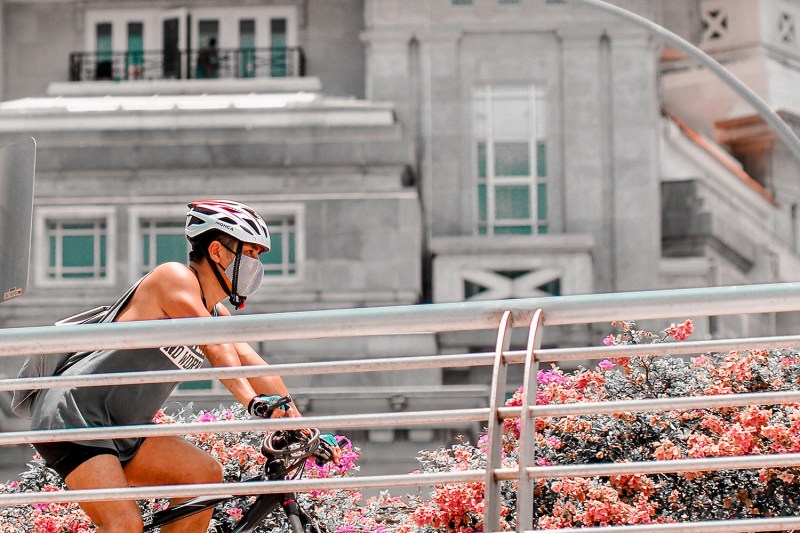
Tip No. 9: Pick a safe route. Ask friends for local rides, double-check on Google Maps for possible dedicated bike routes, and triple-check with an app called Trail Forks, especially if you’re looking to ride dirt. I try to take into account busier roads, construction areas, and unsafe and steep hills.
Tip No. 10: You can increase your safety dramatically with just a few, small changes. Always use front and rear lights in low light or at night. I recommend a bright front light that drivers can see, like the Cat Eye Volt 1200. Also wear bright clothing with reflective strips. Stop at signs and lights. When needed, make noise to alert vehicles of your presence; I use a Spurcycle bell. Also, try to use hand signals to turn and try to make eye contact with drivers.
Tip No. 11: Avoid headphones. It’s much safer if you can hear everything around you.
Gear
Tip No. 12: If you’re riding for more than an hour, bring some snacks and water. My go-to riding snacks are Gu Energy Stroopwafels, because they are tasty and a great source of the right energy. I prefer using insulated bottles, like the Polar Breakaway, because they keep my water cold.
Tip No. 13: Bike shorts are worth every penny. Even paddled saddles are uncomfortable. Trust me. My favorite pair is the Velocio Luxe.
Tip No. 14: Eventually, you’ll want a good pair of sunglasses that wrap around your face, for sun, wind, and rain protection. My recommendation is the Julbo Rush, which offers a comfortable fit with a helmet and transition lenses that work in almost any condition.
Tip No. 15: Always lock your bike. Best if you can keep it inside a house or office. When outside, use something secure like a rack or solid pole. Ideally, you can lock both wheels and the frame. For commuters or city riders, I recommend a Lobster Lock, which is fast and convenient.
Tip No. 16: When possible, buy local. Your neighborhood shop can help find a bike that fits well, suits your needs, and is well-tuned. They will often offer free service for a month or more. They’re always there when you need help, too. This will save money in the long run.
Maintenance
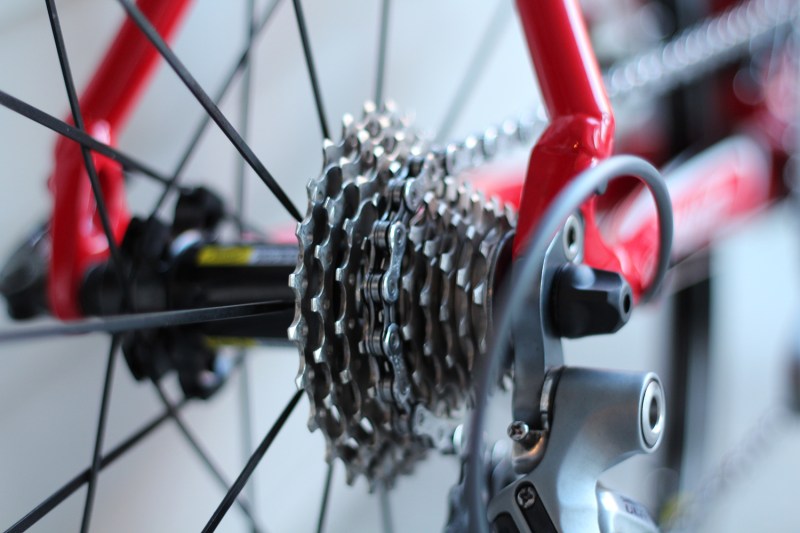
Tip No. 17: Always check your A, B, Cs: Air, Brakes, Chain. Before you head out for a ride quickly check that your tires are well inflated, your brakes are smooth and locking your tires, and your chain is lubricated and clean. These three things will help you have more fun and stay safer.
Tip No. 18: Learning how to fix a flat and do basic maintenance is worth it — and much easier than you think. Most of these skills can be acquired via YouTube, and help empower you to take on longer rides in new places. The tools you need aren’t expensive or complicated, either. Just a couple tire irons, a spare tube, a small pump, and a bike multitool. A bike that’s well-tuned is much more fun to ride.
Tip No. 19: If you’re riding in wet or muddy conditions often, plan to clean your bike more frequently to keep it working well. This can be done easily with a rag, soap, and some lubricant, preventing excessive wear, parts freezing up, and keeping rust at bay.
Editors' Recommendations
- 10 Best Workouts to Do While Watching TV
- Can You Go Outdoors During a Self-Quarantine or Shelter-in-Place Order?
- The Health Benefits of Going Outside Are Critical While Social Distancing
